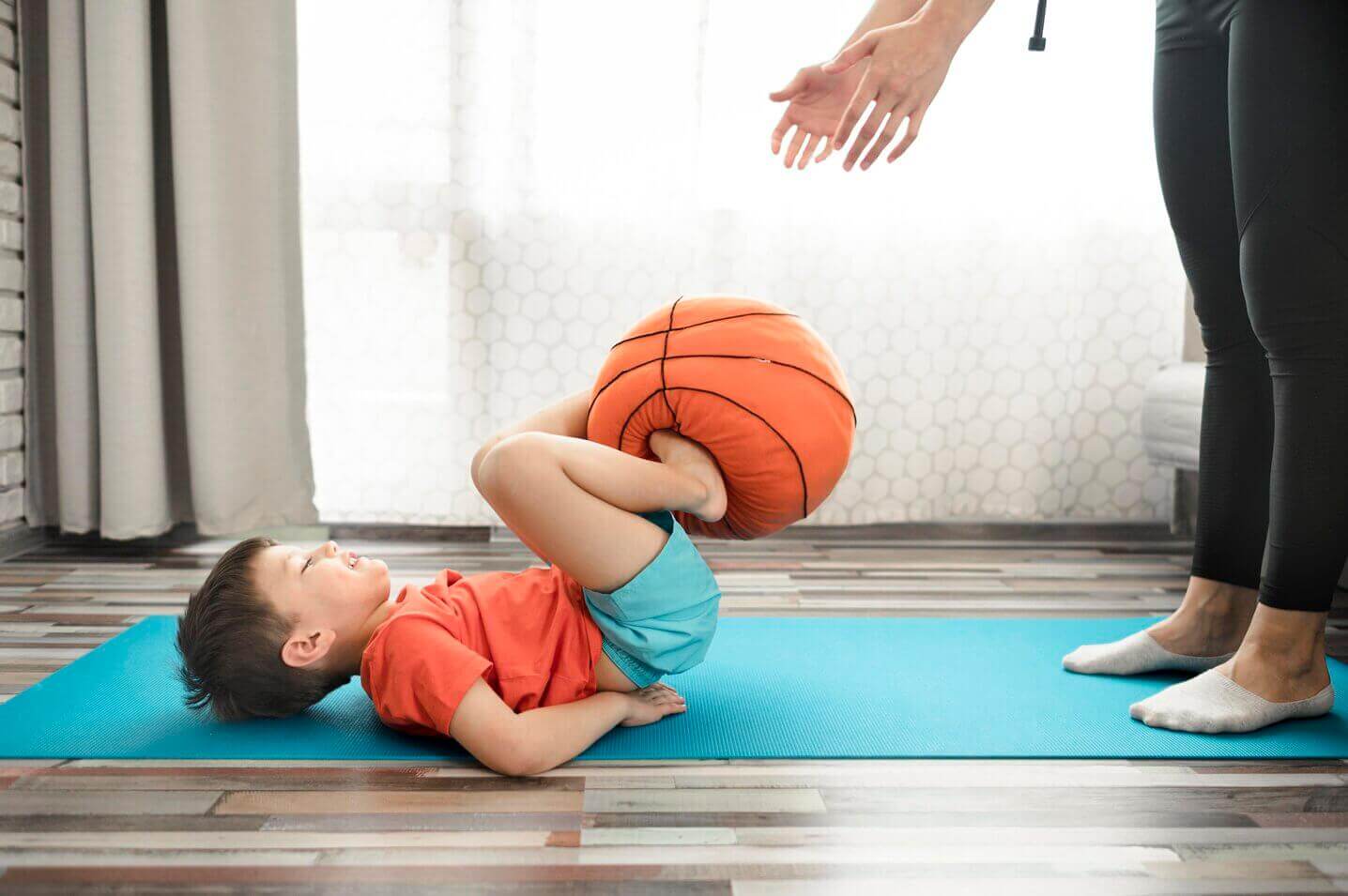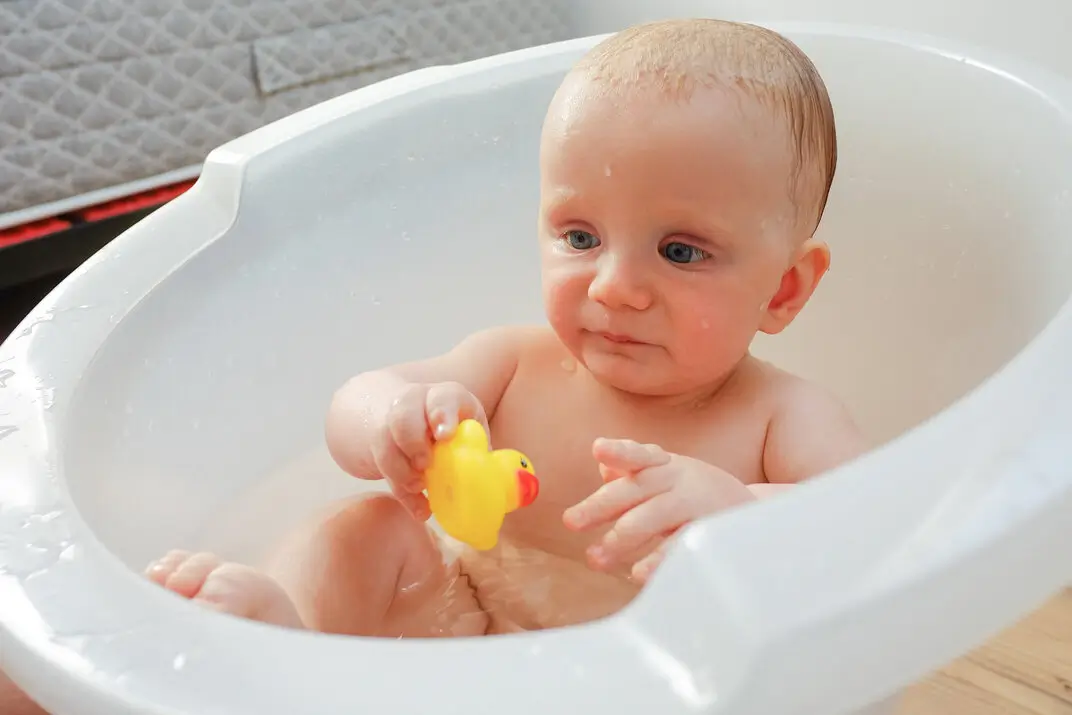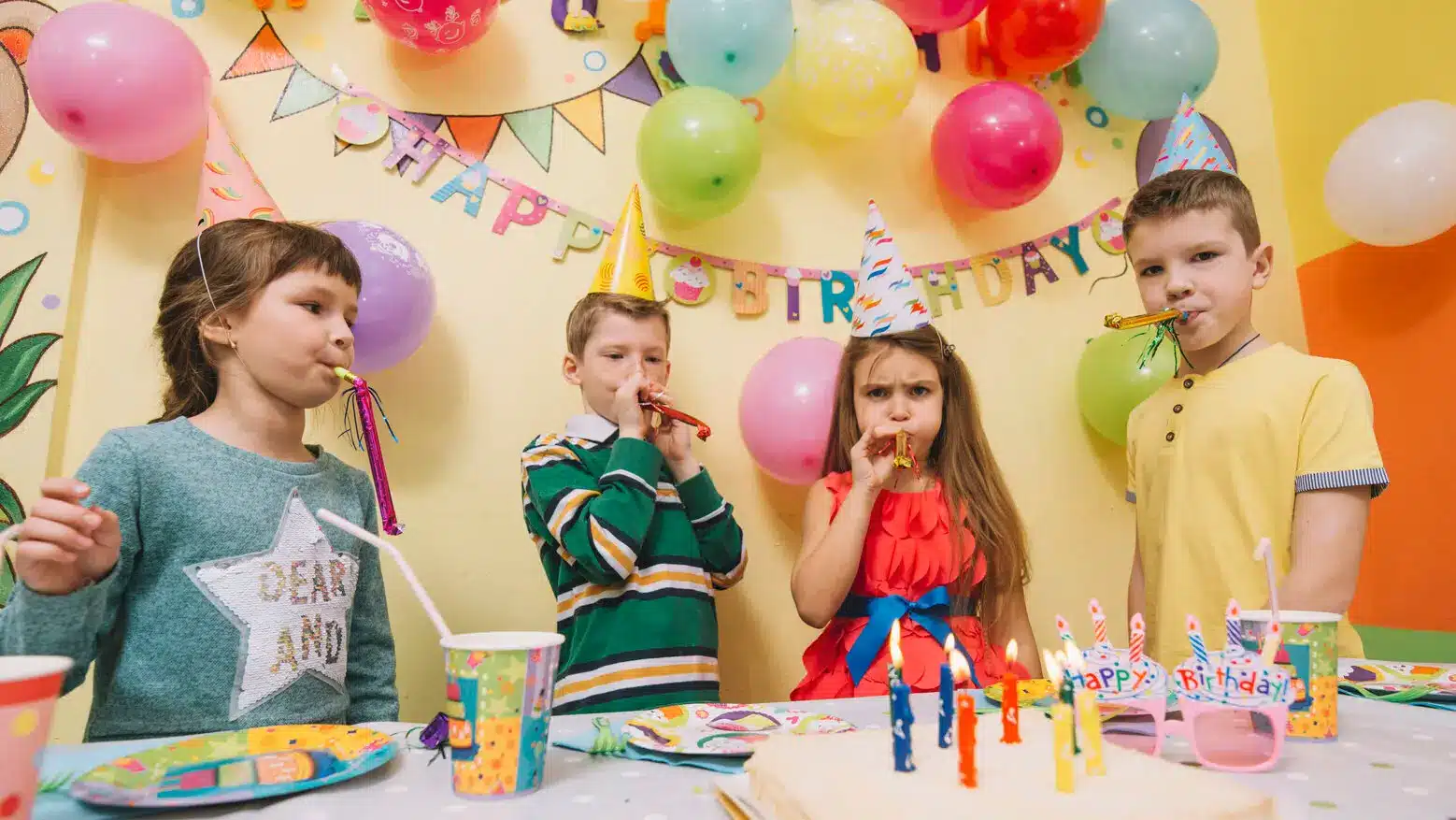Imagine that first wobbly step your little one takes across the room, arms outstretched for balance, face lit up with pure triumph. Moments like these mark the start of child physical development, a journey that builds not just stronger bodies but sharper minds and bolder spirits. As someone who’s spent two decades decoding search algorithms, I know articles that rank high deliver real value, practical advice rooted in expertise, backed by fresh data, and easy to scan for busy parents. That’s what this guide offers: a clear path through child physical development, drawing on global insights to help you support your kid’s growth in today’s world.
Child physical development refers to how kids grow their bodies and learn to move, from rolling over as babies to riding bikes as school-agers. It combines genetics with everyday experiences, shaping everything from muscle strength to brain wiring. This process supports overall health, with research showing active kids often excel in school and social settings. But in 2025, factors like screen time and post-pandemic shifts make guiding child physical development more crucial than ever.
Key Takeaways
- Child physical development lays the groundwork for lifelong wellness, linking movement to brain health and emotional resilience.
- Key areas include growth, gross and fine motor skills, sensory awareness, and self-care, all progressing through predictable yet individual stages.
- Modern challenges like digital devices can delay milestones, but simple home strategies boost progress.
- Inclusivity matters, adapting activities for all kids, including those with disabilities or neurodiverse traits.
- Track milestones using frameworks like CDC or EYFS to catch issues early and celebrate wins.
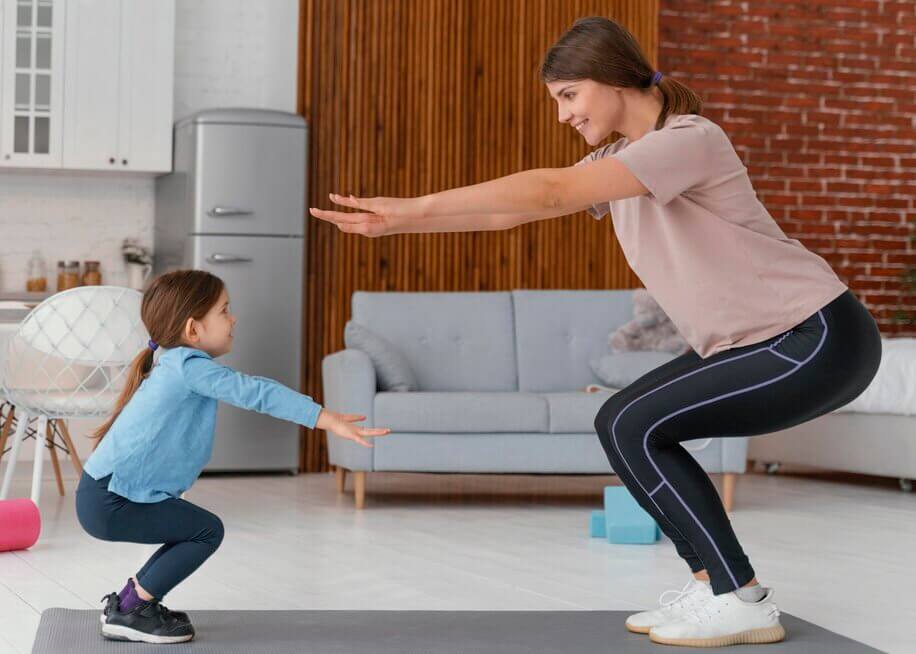
What is Physical Development? Key Aspects and Components
Child physical development happens as youngsters learn to control and care for their expanding bodies. It’s the base for all other learning, letting them explore through play and interaction. While some changes come naturally with age, parents and educators can enhance them with targeted support. Think of it as a blueprint influenced by both nature and nurture; genes set the stage, but environment directs the show.
This area ties into broader health, with the World Health Organization noting that 43% of children under 5 globally risk not reaching full potential due to poor nutrition or limited activity. In the U.S., CDC updates show milestones now reflect what 75% of kids achieve by certain ages, helping spot needs sooner.
Growth and Body Changes – From Tiny Tot to Proportional Powerhouse
Kids see steady gains in height, weight, and muscle tone during child physical development. Bodies shift from chubby infancy to leaner childhood, with heads becoming proportional. This isn’t random; nutrition plays a huge role, as seen in how omega-3s aid bone density. Gender differences emerge, too; boys often grow taller faster after age 2, per CDC data.
Why track this? Early childhood physical development impacts later health. For instance, poor growth links to higher obesity risks, with 21% of U.S. youth aged 2-19 affected in 2022-2023. Use apps like growth trackers for peace of mind, adjusting for modern diets like plant-based options that can work well if balanced.
Gross Motor Skills – Mastering Large Movements
These skills use big muscles for actions like walking or jumping, core to child physical development. They start with rolling and progress to hopping or biking. AERO breaks it into strands: moving the body (from crawling to navigating mazes), handling objects (reaching to accurate throws), and coordinating movements (sitting to swinging).
Examples abound: By 18 months, most kick balls; by 4 years, they climb with ease. Cultural twists add flavor to Brazilian capoeira blends dance and martial arts for unique coordination boosts. In urban spots with fewer parks, home setups like tape lines for balance beams keep child’s physical development on track.
Fine Motor Skills – Precision with Small Muscles
Fine skills hone hand and finger control for drawing or buttoning, vital in early childhood physical development. AERO indicators show evolution from palmar grasps to tripod holds, enabling complex tasks like threading beads.
From clapping at 9 months to scissor use by 4 years, these build independence. Tech changes things; touchscreens might delay if overused, but balanced with blocks or clay, they enhance creativity. Link this to STEM: Early building predicts math skills later.
Sensory Awareness – Perceiving and Reacting to the World
Sensory skills let kids process sights, sounds, and textures, integral to child physical development. From responding to noises as infants to predicting experiences by preschool, it includes balance (arms out to hopscotch) and body coordination.
Analogies help: It’s like an internal GPS guiding movement. In digital times, overload from devices can challenge sensitive kids, so sensory play like sandboxes builds resilience, especially for autism spectrum disorders.
Physical Health and Self-Care – Independence in Basic Needs
This covers balancing rest and activity, healthy eating, and hygiene, fostering autonomy in child physical development. Kids move from signaling needs to self-regulating, understanding cultural “sometimes foods.”
Post-pandemic, routines shifted, and many kids faced delays in activity, per 2025 studies showing lower motor scores. Encourage by modeling, like family meals promoting varied diets.
The Brain-Body Connection – Linking Physical Growth to Neural Development
Movement fuels brain growth in child physical development, creating new cells and connections. Research shows exercise boosts memory and attention; active preteens have more organized brains. It’s bidirectional puzzles sharpen motor precision. Sedentary habits hinder this, but games counter it, linking to better academic outcomes.
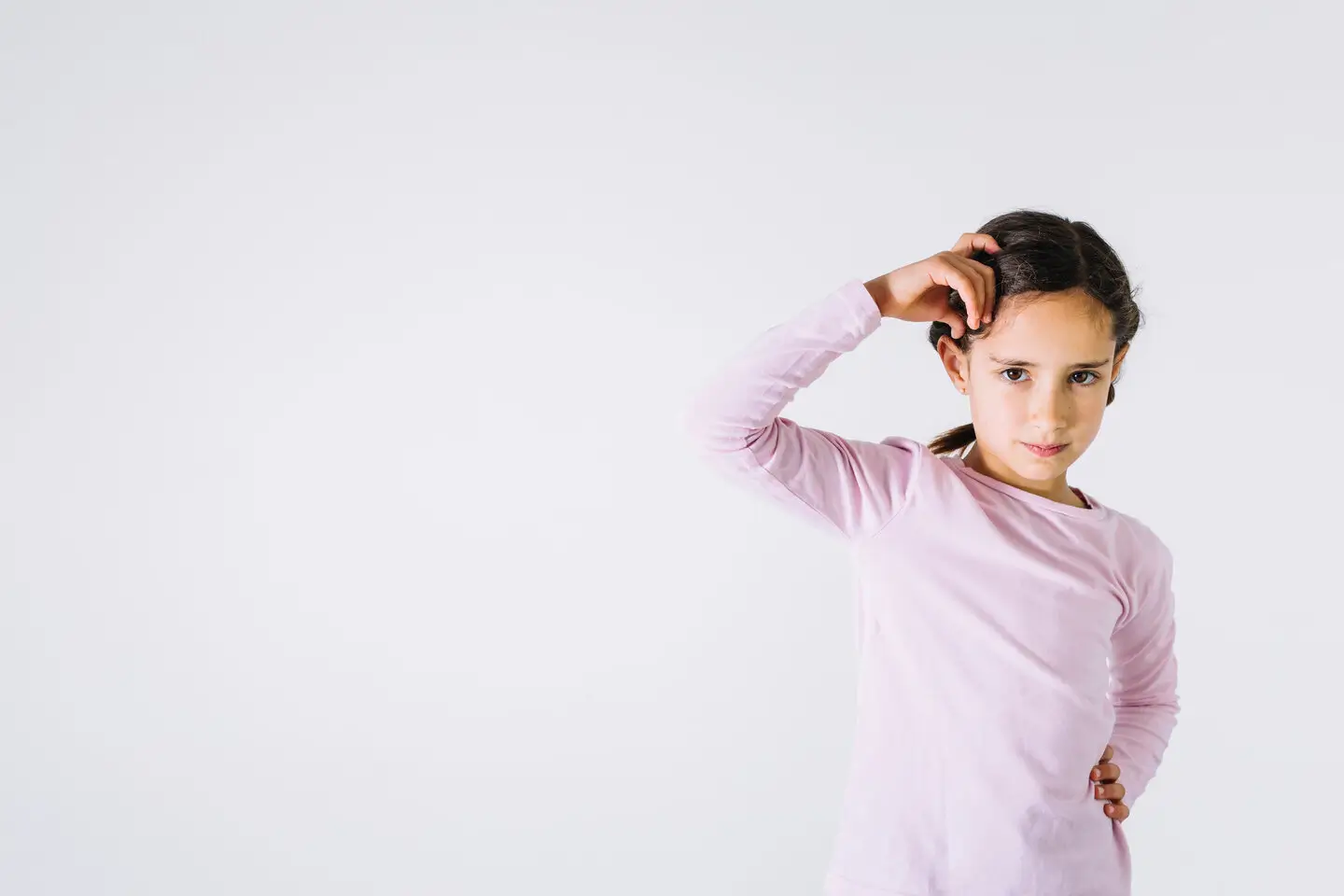
Inclusivity in Child Physical Development – Adapting for Diverse Needs
Every child’s path varies, influenced by genetics or environment. For disabilities, inclusion boosts outcomes. Studies show that peers develop positive attitudes. Neurodiverse children benefit from adapted play, such as wobble boards for balance.
Make spaces welcoming: Grip aids for fine skills or group games for social growth.
How Physical Development Progresses: Timeline of Milestones and Trajectories
View child physical development as an adventure, with each stage a level-up. Not every kid hits markers identically; use judgment, as AERO advises. Variations are normal, but red flags warrant checks.
Birth to 1 Year (Infancy) – Foundations of Exploration
Babies build basics: Head lift by 2 months, rolling by 4, crawling by 9, per CDC. Bond with tummy time; cultural practices like baby-wearing speed gains.
Red flag: No head control by 4 months, consult pros.
1 to 2 Years (Toddlerhood) – First Steps Toward Independence
Walking starts around 12 months, then running; fine skills like page-turning emerge. Ride-ons aid push-pull.
Bilingual homes might add gestures, enhancing coordination.
2 to 3 Years – Building Momentum
Jumping, kicking, and circle-drawing refine skills. Nature hunts counter screens.
Emotional ties: Movement calms tantrums.
3 to 5 Years (Preschool) – Refining for School Readiness
Tricycle riding, catching, and letter-printing prepare for school. Block play forecasts math aptitude.
Adapt for needs: Grip tools for delays.
Beyond 5 Years (Middle Childhood) – Sustaining into School Age
Team sports, fluent handwriting by 8. Address puberty hints with positive activities.
Global views: Some cultures emphasize group play for balance.
Influencing Forces: Genetics, Environment, and Modern Factors
Child physical development blends inheritance with surroundings. Prenatal care sets the tone, per Quality Starts.
Genetic and Individual Blueprints
Family traits guide, but play amplifies, like athletic lines thriving with sports.
Environmental Catalysts – Nutrition, Play, Lifestyle
Diet fuels growth; vitamin D shortages hit urban kids. Outdoor time combats this, but climate shifts demand indoor alternatives.
The Digital Dilemma – Tech’s Impact
Excess screens link to motor delays, and studies show that less activity worsens obesity. Balance with apps for guided fitness; Scandinavian limits offer models.
Socio-Cultural and Familial Dynamics
Diverse families adapt single parents use community groups. Cultural games, like indigenous dances, enrich child’s physical development.
Creating Opportunities: Strategies to Support Physical Development
Nurture child physical development with safe, fun setups. AERO suggests subdomain focus: Climbing for gross, dough for fine.
- Determine milestones via CDC lists.
- List multi-skill activities, like baseball, for strength and coordination.
- Promote independence: Let them walk, feed themselves.
- Music movement: March to beats for gait.
- Art tactile: Scissors, beads for dexterity.
- Sports outdoors: Football for legs.
Daily: Bubbles for chase, blocks for build. If worried, intervene early. Pandemic data shows delays in 9% fewer play chances for disabled kids. Myth-bust: Walkers don’t hasten walking.

Resources and Further Reading: Empowering Ongoing Learning
EYLF (Australia) emphasizes holistic care; EYFS (UK), healthy choices; CDC (US) milestones up to 5. AERO interconnects domains; CREC offers birth-7 courses.
More: WHO charts, Kinedu app, “The Whole-Brain Child” book. Post-2025 studies on pandemic recovery.
Conclusion: Embracing the Journey for Lifelong Vitality
Child physical development isn’t just milestones; it’s crafting resilient lives. By weaving play, nutrition, and awareness, you set kids up for success. Observe their unique path, adjust as needed, and watch them thrive. This foundation reduces future risks, like obesity affecting 360 million youth by 2050. Keep nurturing child physical development; it’s the gift that keeps giving.
FAQ
Q: What affects a child’s physical development most?
A: Genetics and environment both play big roles in childs physical development, with nutrition and play standing out.
Q: How does early childhood physical development link to learning?
A: Movement in early childhood physical development boosts brain connections for better focus and problem-solving.
Q: Can tech help childs physical development?
A: Yes, but balance it, apps encourage activity without replacing real play in childs physical development.
Q: What if my kid misses milestones in early childhood physical development?
A: Consult doctors; early intervention supports early childhood physical development effectively.

